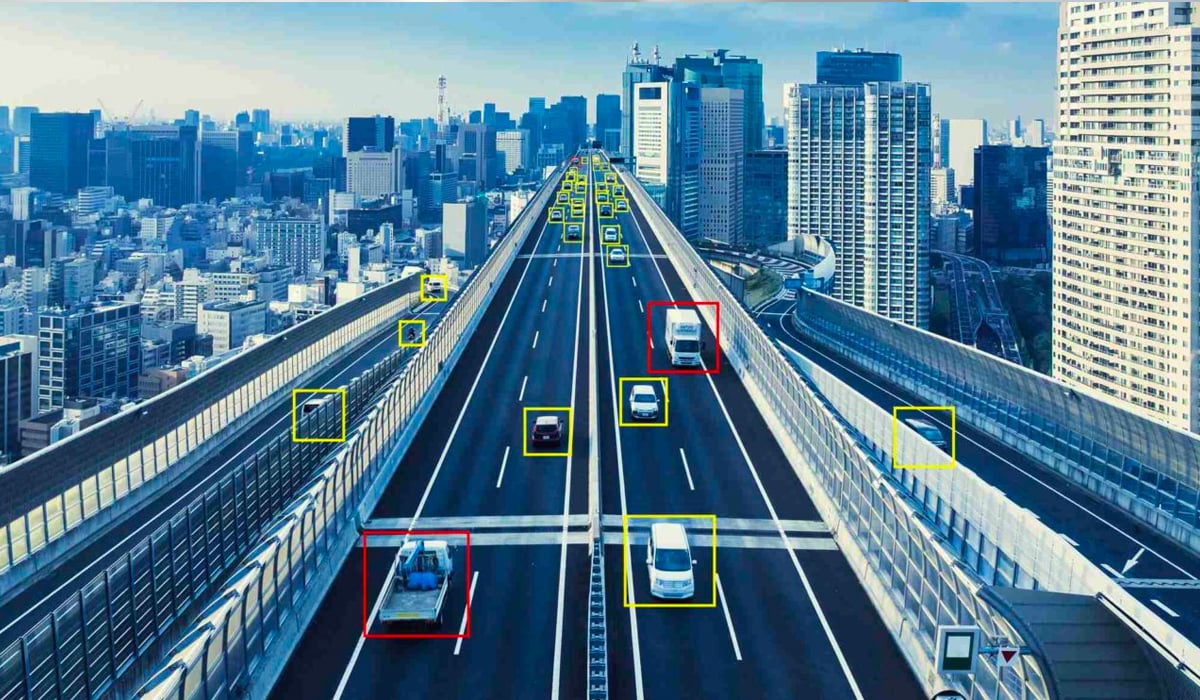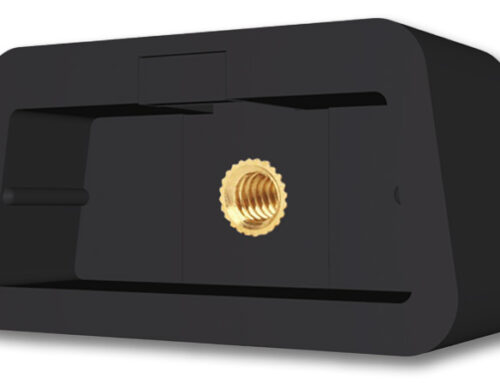In the ever-evolving landscape of transportation and logistics, efficiency is paramount. Whether it’s delivering goods across continents or managing a fleet of vehicles within a city, the ability to optimize operations can make or break a business. In recent years, the Internet of Things (IoT) has emerged as a transformative force, revolutionizing various industries, including fleet management. In this blog post, we’ll explore how IoT is reshaping the way fleets are managed, enhancing efficiency, safety, and sustainability in the process.
Understanding Fleet Management
Fleet management involves overseeing a group of vehicles, typically owned by a company or organization, and ensuring they operate smoothly and cost-effectively. This includes tasks such as vehicle maintenance, route planning, driver management, and compliance with regulations. Traditionally, fleet managers relied on manual processes and disconnected systems to handle these responsibilities, leading to inefficiencies and missed opportunities for optimization.
The IoT Revolution
Enter the Internet of Things (IoT), a network of interconnected devices embedded with sensors, software, and other technologies, enabling them to collect and exchange data. In the context of fleet management, IoT devices can be installed in vehicles, warehouses, and other relevant assets, creating a wealth of real-time data that can be leveraged to streamline operations.
Enhancing Efficiency
One of the primary benefits of IoT in fleet management is its ability to improve efficiency at every level of operation. By equipping vehicles with IoT sensors, fleet managers gain visibility into crucial metrics such as fuel consumption, engine health, and driver behavior. This data allows them to identify inefficiencies, optimize routes, and schedule maintenance proactively, reducing downtime and operational costs.
Safety First
Safety is a top priority in fleet management, and IoT technologies play a crucial role in enhancing it. IoT-enabled devices can monitor factors such as vehicle speed, harsh braking, and adherence to traffic regulations in real-time. In the event of an accident or emergency, these devices can automatically alert authorities and dispatch assistance, potentially saving lives and minimizing damage.
Predictive Maintenance
Predictive maintenance is another area where IoT shines in fleet management. By analyzing data collected from vehicles and equipment, IoT systems can predict when maintenance is needed before a breakdown occurs. This proactive approach not only prevents costly repairs but also extends the lifespan of assets, maximizing their value to the organization.
Route Optimization
Efficient route planning is essential for minimizing fuel consumption, reducing emissions, and meeting delivery deadlines. IoT-powered route optimization algorithms take into account factors such as traffic conditions, weather forecasts, and vehicle capabilities to calculate the most efficient routes in real-time. This not only saves time and money but also reduces the environmental impact of fleet operations.
Compliance and Regulation
Compliance with industry regulations and standards is a complex yet essential aspect of fleet management. IoT solutions can automate compliance monitoring by tracking factors such as driver hours, vehicle maintenance records, and environmental emissions. By ensuring adherence to regulations, organizations can avoid costly fines and maintain their reputation as responsible corporate citizens.
Conclusion
In conclusion, the Internet of Things (IoT) is revolutionizing fleet management by providing real-time visibility, actionable insights, and automation capabilities. From enhancing efficiency and safety to enabling predictive maintenance and route optimization, IoT technologies offer a myriad of benefits to organizations operating fleets of vehicles. As the technology continues to evolve, its role in modernizing fleet management will only become more prominent, driving further innovation and transformation in the industry.









Leave A Comment